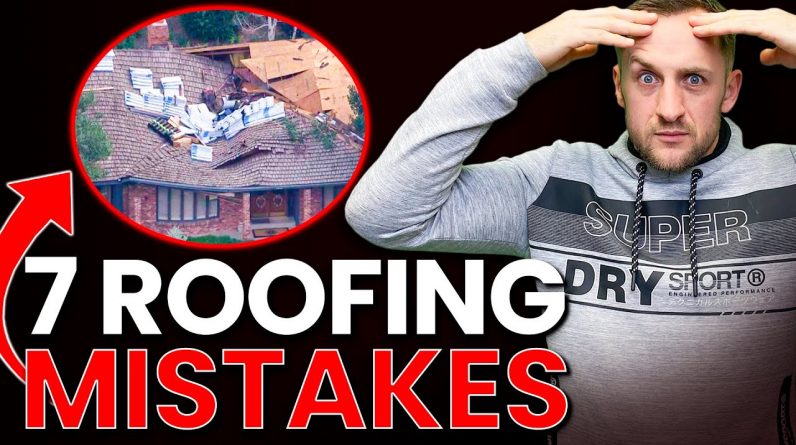When installing a roof, you’ll find that there are two types of felt: Asphalt saturated and synthetic. Choosing the correct type is crucial. In addition to protecting your roof, well-installed roofing felt will make your roof more attractive and last longer. Here are some benefits of using roofing felt. You’ll be glad you did! Listed below are three of the most common types. Read on to find out which type is best for your needs.
Synthetic roofing felt
Unlike its traditional felt paper counterpart, synthetic roofing underlayment can last for much longer. It can even outlast a metal roofing system for forty or more years. Despite its higher price, synthetic underlayments are much easier to install. They also offer better protection and increased safety for the installer. Many roofers are breaking with tradition and switching to synthetic underlayment instead of felt paper. Here are some of the reasons why. You can learn more about these two materials and determine which is best for your roofing project.
The most obvious difference between synthetic roofing felt paper is weight. Felt paper is lightweight and easily handled by a single installer, while synthetic underlayments can cover up to four times the amount of area. Because synthetic underlayment is lightweight and fast-drying, it makes it easier for roofers to haul onto the roof. It is also easier to install, which means less lifting and bending for the installer. And, as a plus, synthetic roofing underlayment is also water-repellent and mold-resistant.
Saturated felt paper
Saturated roofing felt is a type of paper used as a roofing underlayment. It is saturated with crude oil byproducts to make it resistant to water. It is available in several thicknesses, including fifteen-pound and thirty-pound, and has been approved for use as a roof underlayment by local building codes. Although it is not waterproof, saturated roofing felt offers better water absorption properties than synthetic materials.
It has been around for nearly 100 years. It served as the standard underlayment for many types of roofs until synthetic products came on the market ten years ago. However, the current green building trend may spell the end for saturated roofing felt paper. As the demand for environmentally friendly building materials continues to rise, the manufacturing process and material used for saturated roofing felt will likely change as well. Here are some facts about saturated roofing felt paper:
Asphalt saturated felt paper
The ASTM standard for black asphalt roofing felt is an accepted product for use as an underlayment. This asphalt-soaked felt paper is made of high-quality organic felt that has been saturated with asphalt to provide protection for roofs and floors. It is ideal for use under all types of architectural roofing, including metal, wood, and tile, as well as for underground waterproofing. If you’re thinking of using asphalt-soaked roofing felt, here are a few things to consider.
There are two basic types of asphalt-saturated roofing felt paper. One is 15-pound felt, and the other is 30-pound felt. It’s a little more expensive than the other two, but it’s stiffer and thicker, and will protect your roof for longer. The best quality asphalt-saturated roofing felt paper is ASTM D226 or ASTM D4869-compliant, which means that it’s more durable than most other types of underlayment.






